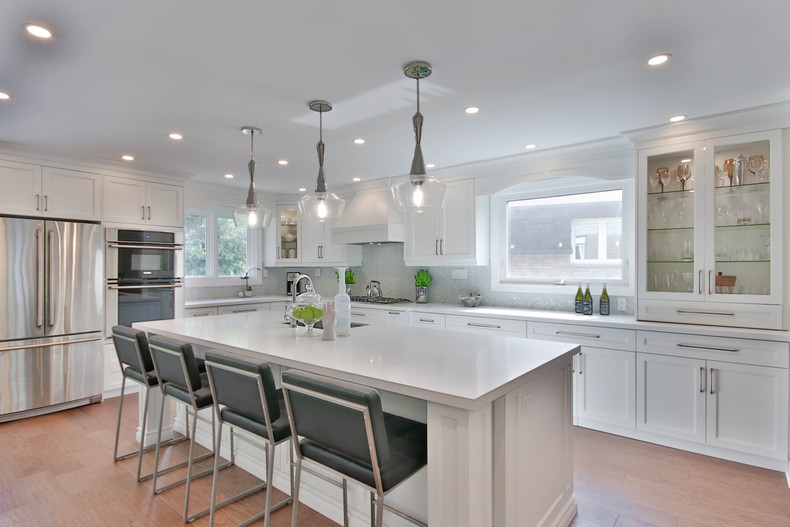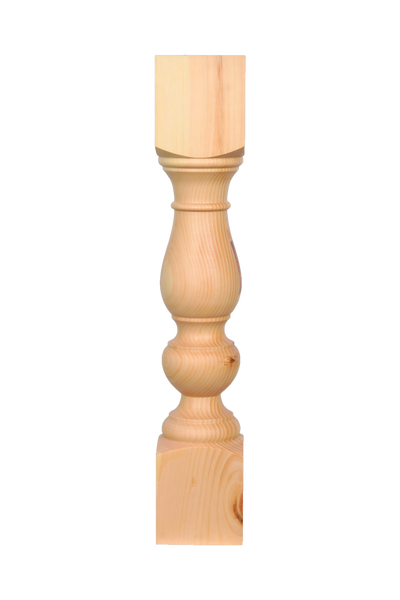Top Notch Kitchen Island Legs for a Sturdy Island Base
Crucial Tips for Selecting the Perfect Table for Your Kitchen Area
Selecting the excellent table for your cooking area is even more than just an issue of preference; it necessitates a complete understanding of your space and demands. Begin by gauging your readily available room to make certain sufficient clearance for motion. The shape of the table plays an essential duty; while rectangular tables suit larger areas, rounded ones foster intimacy, and extendable options use flexibility. Product selection is equally critical, with woods offering sturdiness and glass loaning a modern touch. Ultimately, the table ought to balance with your kitchen's appearances and accommodate your family comfortably. What various other elements might influence this important choice?
Step Your Area
Selecting the perfect eating table starts with a precise evaluation of your offered room. This foundational action guarantees that the table not just fits conveniently within the space yet additionally enhances the general design and capability of your dining area. Begin by measuring the dimensions of the space, thinking about entrances, home windows, and any kind of existing furnishings. This will assist you establish the maximum allowed size for your table.
It is necessary to leave appropriate room for chairs to be drawn out and for individuals to relocate around the table without obstruction. A basic regulation of thumb is to permit at the very least 36 inches of clearance from the edge of the table to the local wall or piece of furniture.
In addition, consider the number of individuals you normally amuse and whether you need added space for visitors. Going with an extendable table can give adaptability, enabling you to accommodate differing varieties of restaurants. By accurately gauging your space, you lay the groundwork for choosing a table that enhances both the looks and capability of your eating area.
Pick the Right Shape

On the other hand, round tables are exceptional for smaller kitchen areas or intimate celebrations, as they promote conversation by allowing every person to encounter each various other. They additionally offer a sense of comfort and can fit well in tighter spaces because of their lack of sharp edges. Oblong tables supply the very best of both globes, incorporating the size of rectangular tables with the affection of round ones, making them flexible for numerous settings.
Square tables are another option, particularly suited for square-shaped rooms. They create a modern and balanced appearance, fostering an equivalent dining experience for all seated. Nevertheless, they may be less practical for bigger gatherings unless they come with expansions. Inevitably, the form you choose must align with your space measurements and lifestyle to make sure both kind and function.
Product Considerations
When choosing a table, product considerations are paramount in establishing the table's toughness, upkeep demands, and general visual. Wood is a classic option, providing timeless charm and toughness. Hardwoods like mahogany, walnut, and oak are specifically long lasting, though they can be pricey. kitchen island legs. Softwoods, such as yearn, are a lot more economical but may be prone to scrapes and dents.
Glass-topped tables offer a modern-day, streamlined appearance and can make a room appear larger because of their transparency. They need constant cleaning to prevent smudges and fingerprints. In addition, tempered glass is recommended for its additional strength and safety.

Last but not least, composite materials like MDF (Medium-Density Fiberboard) or plywood are economical alternatives. These materials can resemble the appearance of strong timber yet may not provide the exact same long life. They are generally less complicated to clean but can be vulnerable to water damage if not properly sealed.
Eventually, the option of material should align with your kitchen area's design, your lifestyle requires, and your spending plan restrictions. (kitchen island legs)
Seating Capacity and Convenience
How do you figure out the ideal seats ability and comfort for your dining table? For a family members of 4, a rectangle-shaped table of 48 inches long or a round table with a 48-inch size is normally adequate.
Convenience is just as necessary. The elevation of the table must preferably be around webpage 30 inches, supplying a well balanced ergonomic stance for seated diners. Chairs should sit elevation of 18 to 20 inches to make sure a comfy dining pose. Furthermore, take into consideration the chair design; supportive back-rests and upholstered seats can boost eating comfort substantially, specifically throughout prolonged dishes.
Style and Aesthetic Appeal
Picking a table that fits your style and visual appeal entails stabilizing individual preference with the existing design of your dining area. The table is commonly the centerpiece of the kitchen, and its layout should match the general motif of the room. Whether your kitchen area flaunts a modern-day, minimalist look or a rustic, farmhouse charm, the table you choose ought to balance with these aspects to develop a cohesive and welcoming atmosphere.
Take into consideration materials very carefully; timber provides a classic appeal and can range from abundant mahogany for a typical aim to lighter oak for a contemporary feel. Steel and glass tables, on the various other hand, can introduce a smooth, commercial side to your kitchen area. Don't ignore the table's shape-- rectangle-shaped tables are my site versatile and timeless, while round and oblong alternatives can foster a more intimate dining experience.
Additionally, pay attention to information and surfaces. A troubled surface may add character and heat, whereas a shiny surface area can contribute to a tidy, modern-day aesthetic. Inevitably, your eating table must not just fit effortlessly right into your cooking area's design but additionally show your individual style, boosting the area both functionally and aesthetically.
Final Thought
In verdict, selecting the ideal eating table for a cooking area demands mindful evaluation of room, form, material, seating ability, and visual harmony. Eventually, a well-chosen dining table fosters an inviting atmosphere and accommodates the family conveniently, therefore improving the eating experience.

When selecting a dining table, product considerations are extremely important in determining the table's durability, upkeep requirements, and overall aesthetic. For a household of 4, a rectangle-shaped table of here 48 inches long or a round table with a 48-inch diameter is typically adequate.
Don't neglect the table's form-- rectangular tables are versatile and timeless, while round and oblong choices can foster an extra intimate dining experience. kitchen island legs.